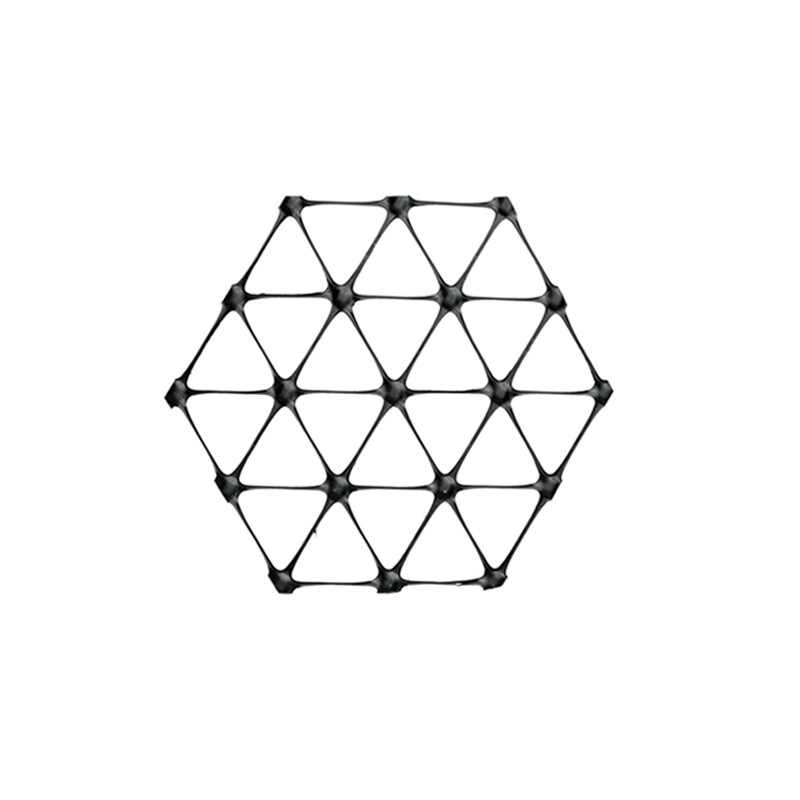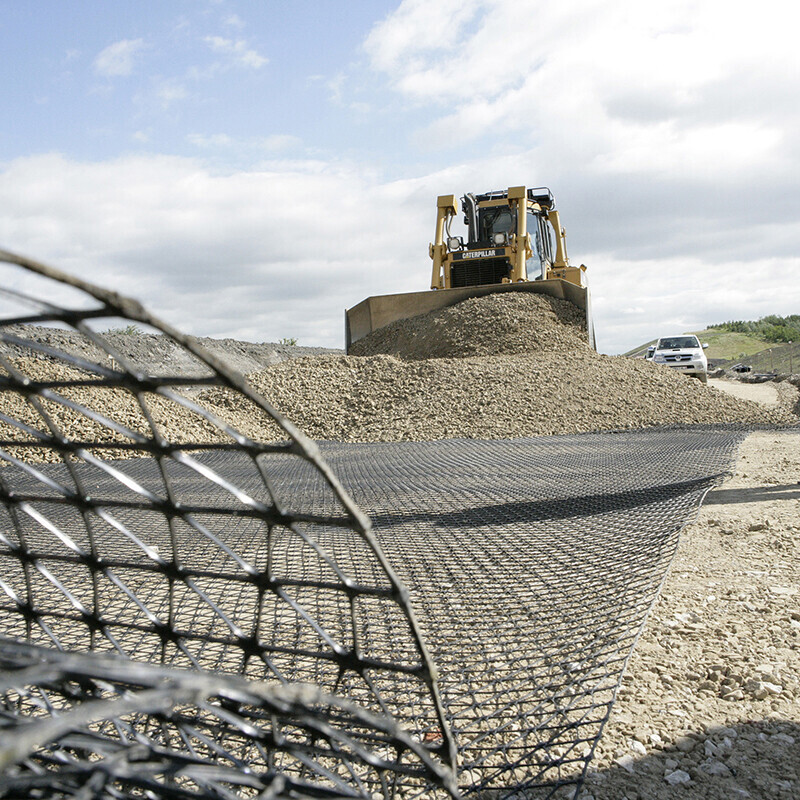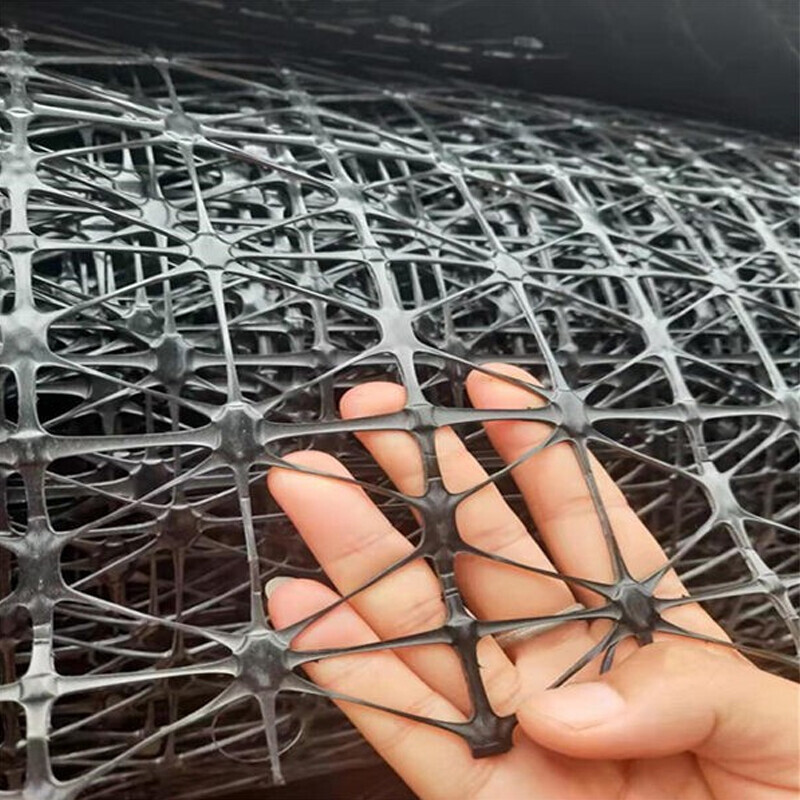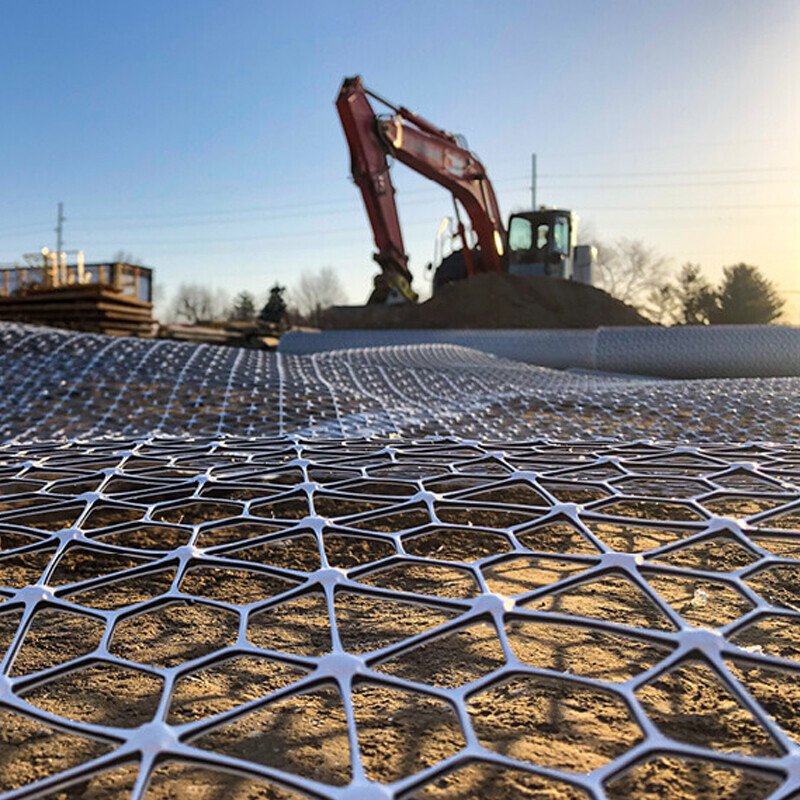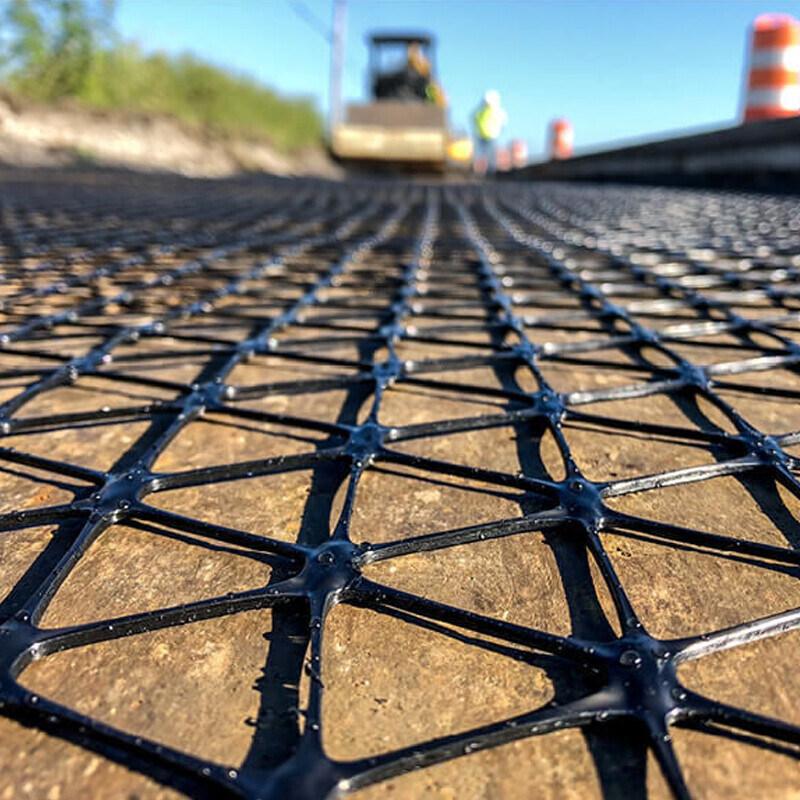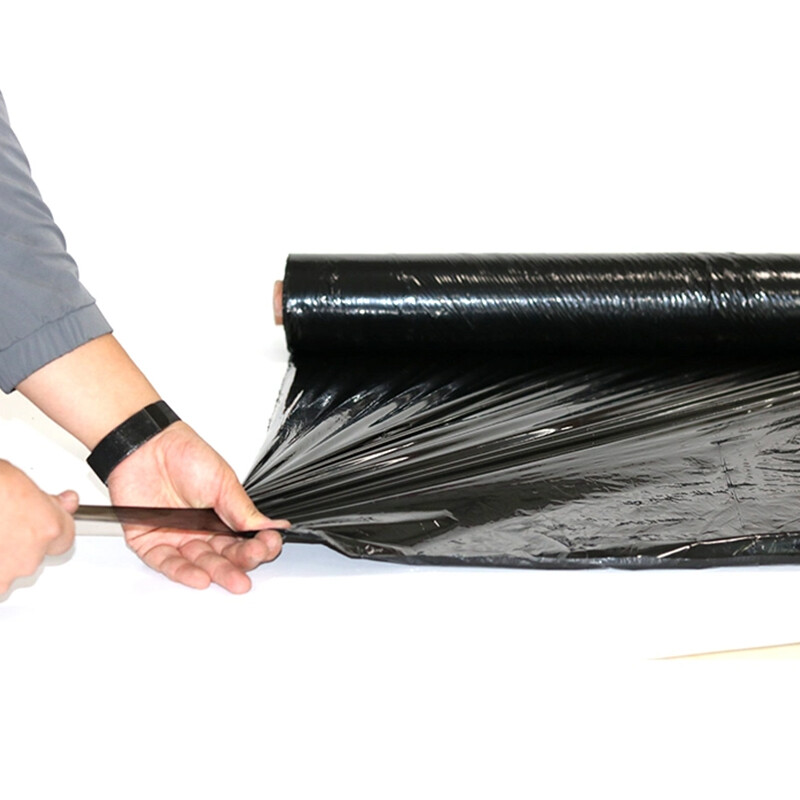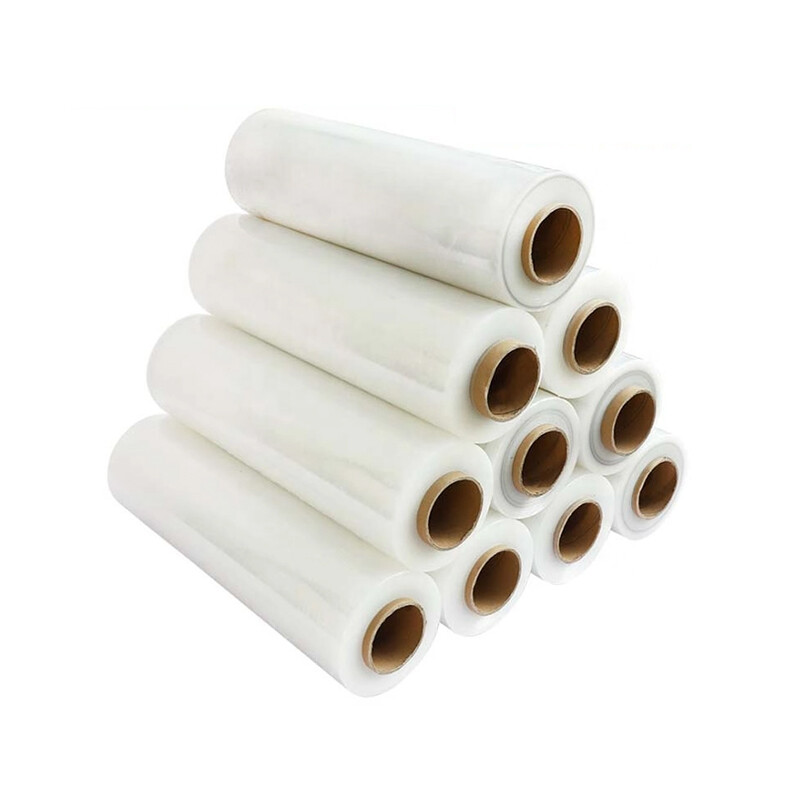Plastic geogrids are divided into: one-way tensile plastic geogrids, two-way tensile plastic geogrids, three-way tensile plastic geogrids, PP welded geogrids, etc.
The three-way stretched plastic geogrid is a kind of high molecular polymer as the main raw material, with a certain amount of anti-ultraviolet and anti-aging additives added. After unidirectional stretching, the originally scattered chain molecules are reoriented and arranged into a linear state. high-strength geotechnical materials.
Product performance:
1. Reinforce the roadbed, which can effectively distribute the diffuse load, improve the stability and bearing capacity of the roadbed, and extend the service life.
2.Can withstand greater alternating loads
3. Prevent roadbed deformation and cracking caused by loss of roadbed material
4. Improve the self-supporting capacity of the filling soil behind the retaining wall and reduce the earth pressure of the retaining wall. Save money, extend service life, and reduce maintenance costs.
5. Combined with the shotcrete construction method for slope maintenance, it can not only save 30%-50% of investment, but also shorten the construction period by more than twice.
6. Adding geogrids to the roadbed and surface layer of the highway can reduce deflection, reduce rutting, delay the appearance of cracks by 3-9 times, and reduce the thickness of the structural layer by 36%.
7. Applicable to various soils, no need to source materials from other places, saving labor and time.
8. Construction is simple and fast, which can greatly reduce construction costs.
Scope of application:
This product is a high-strength geosynthetic material. It is widely used in dams, tunnels, docks, highways, railways, construction and other fields
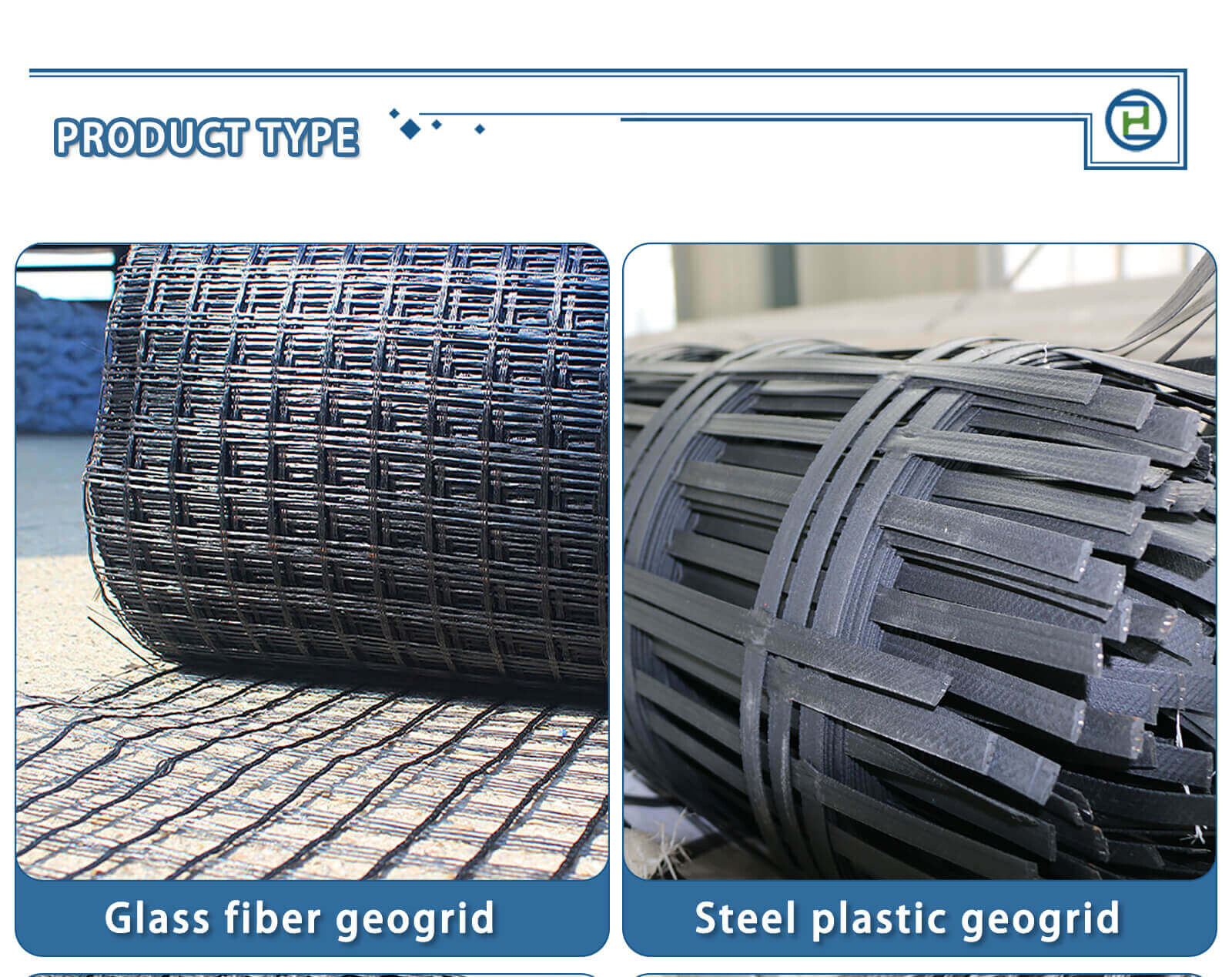
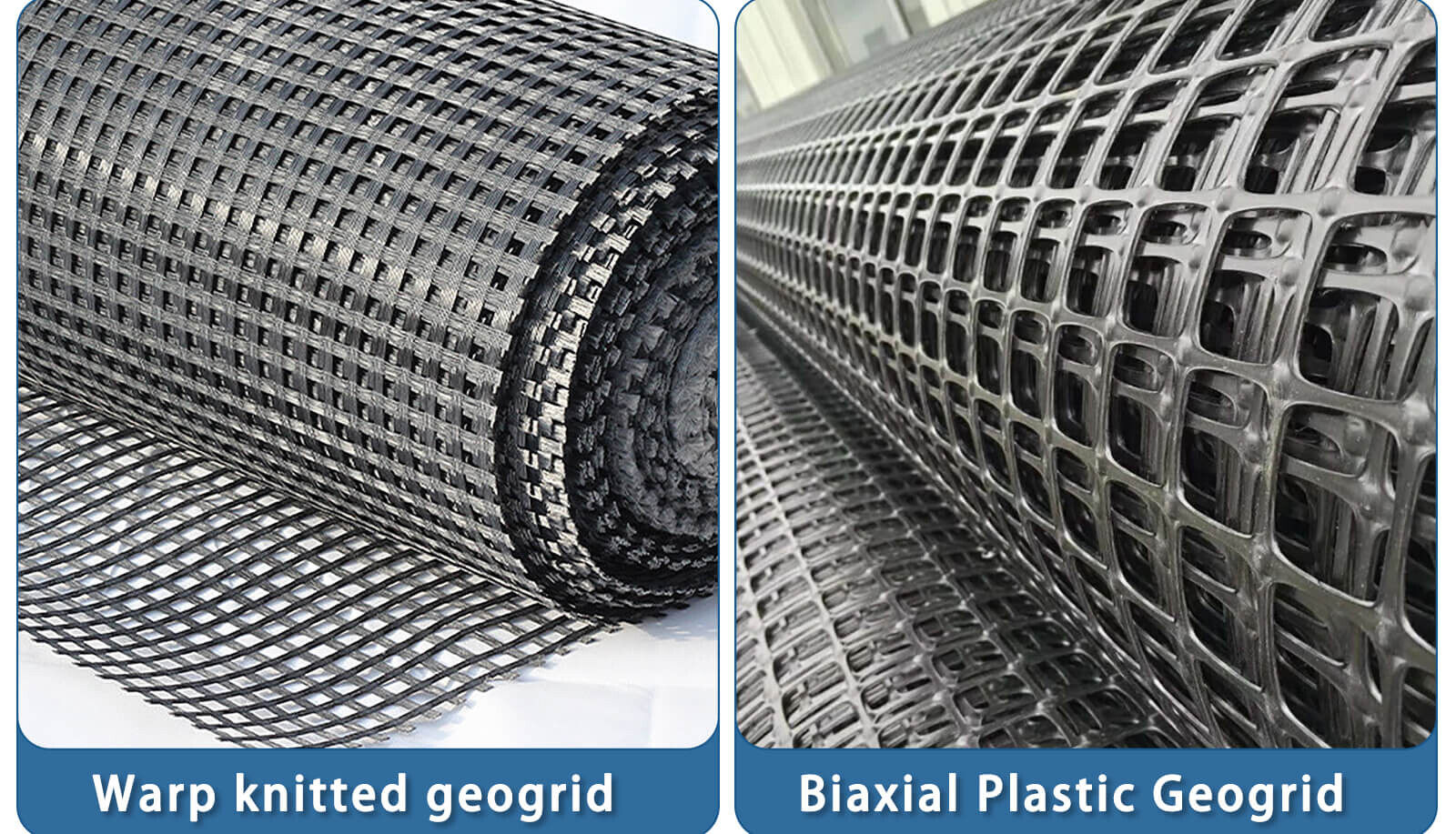
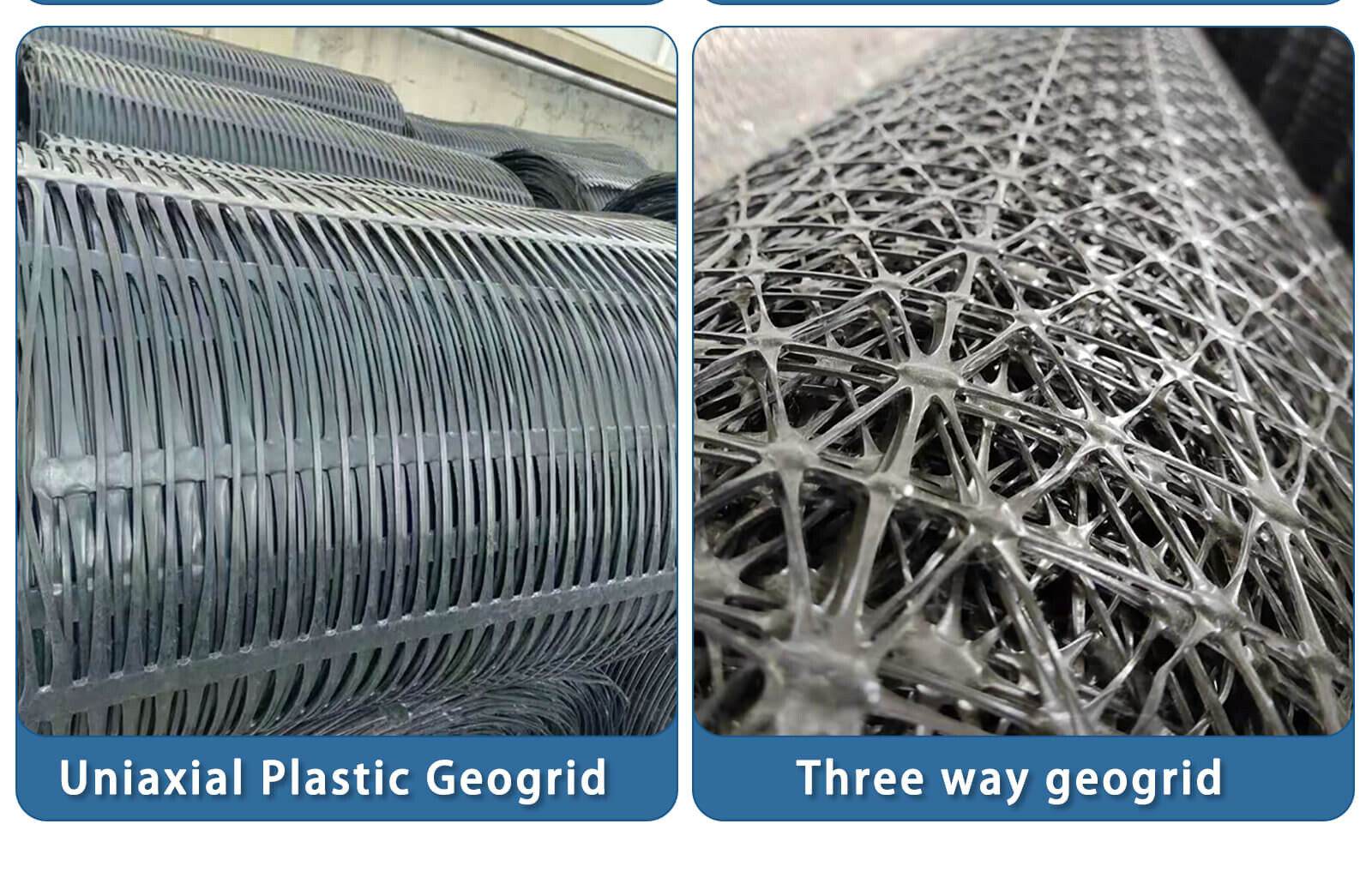
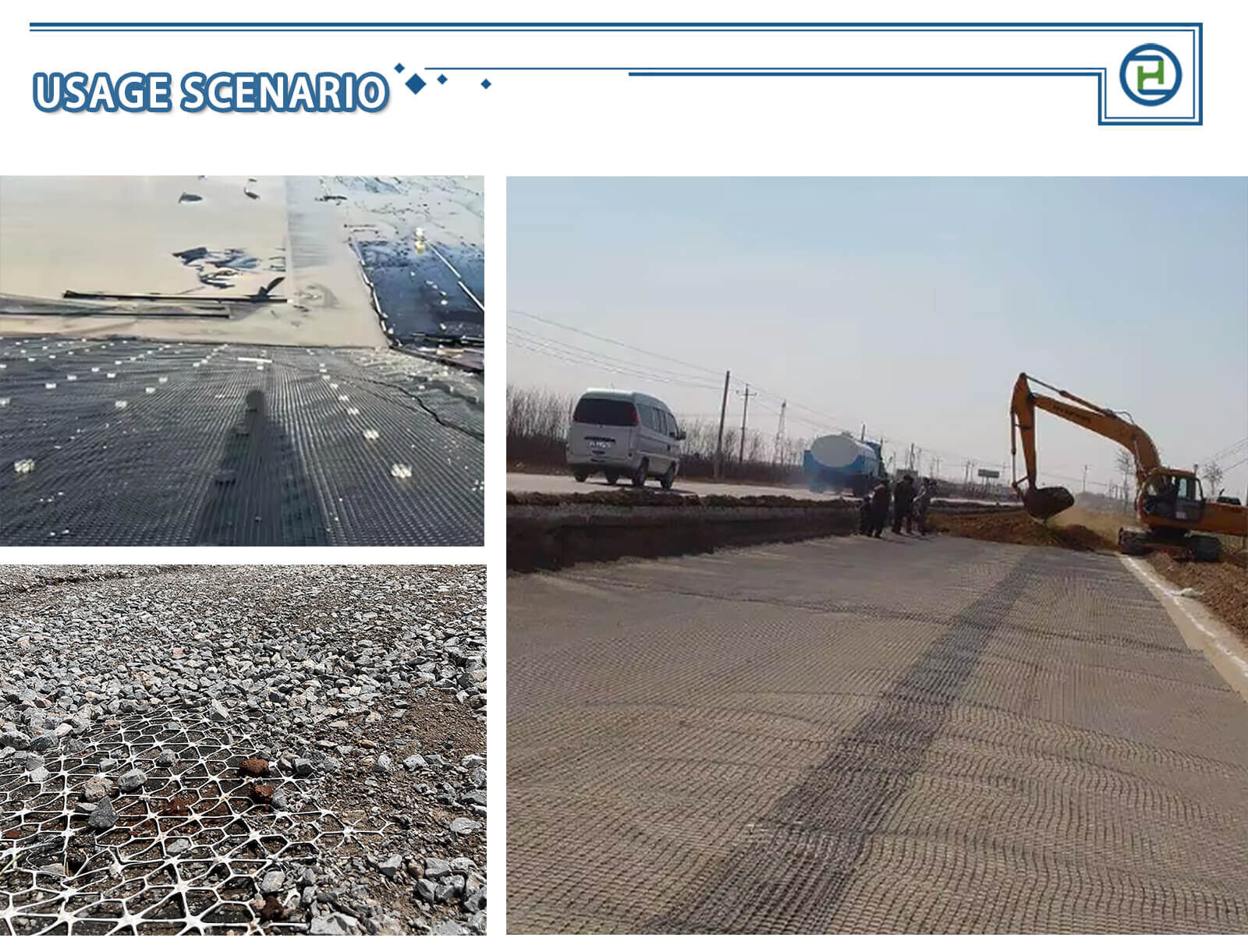
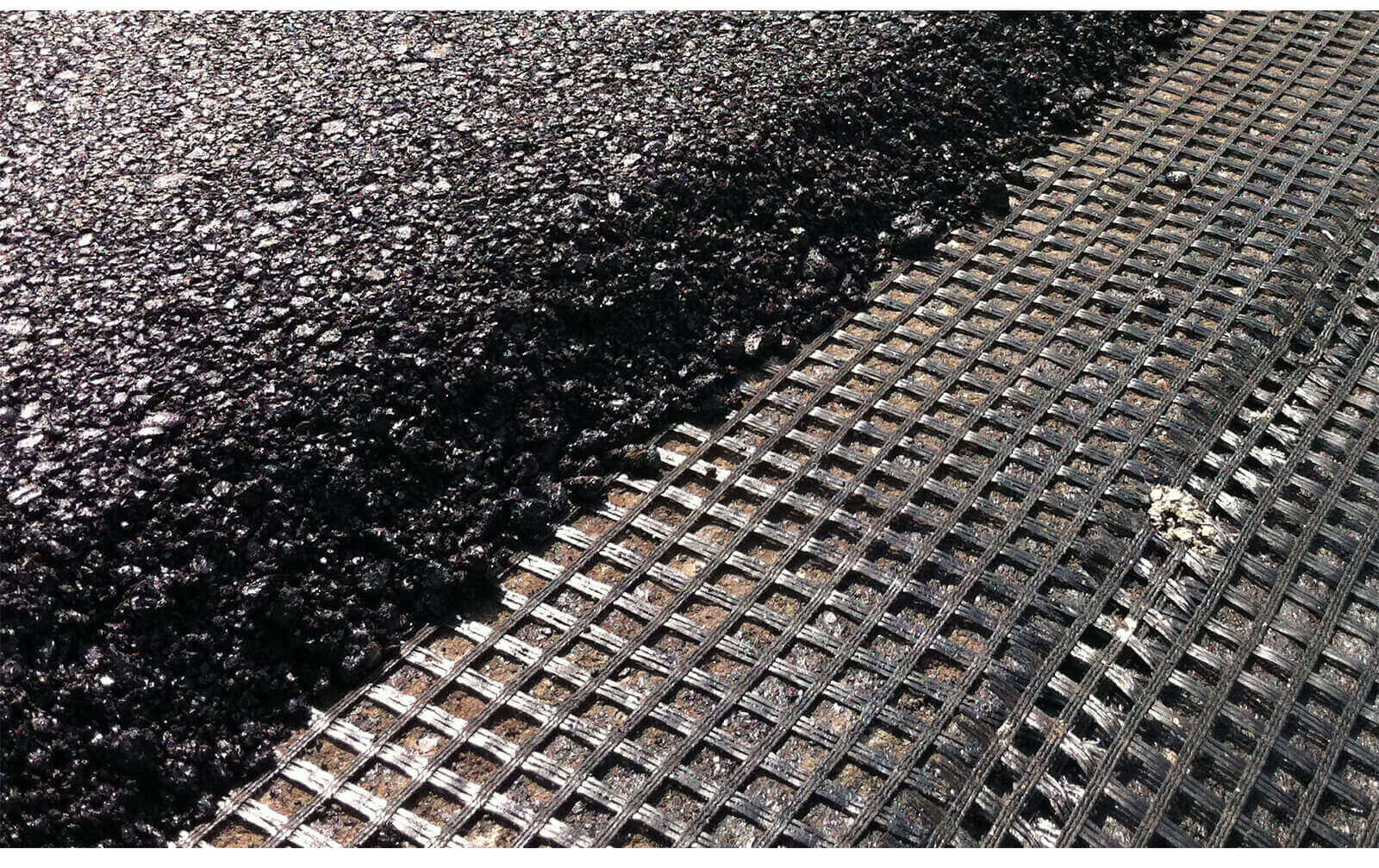

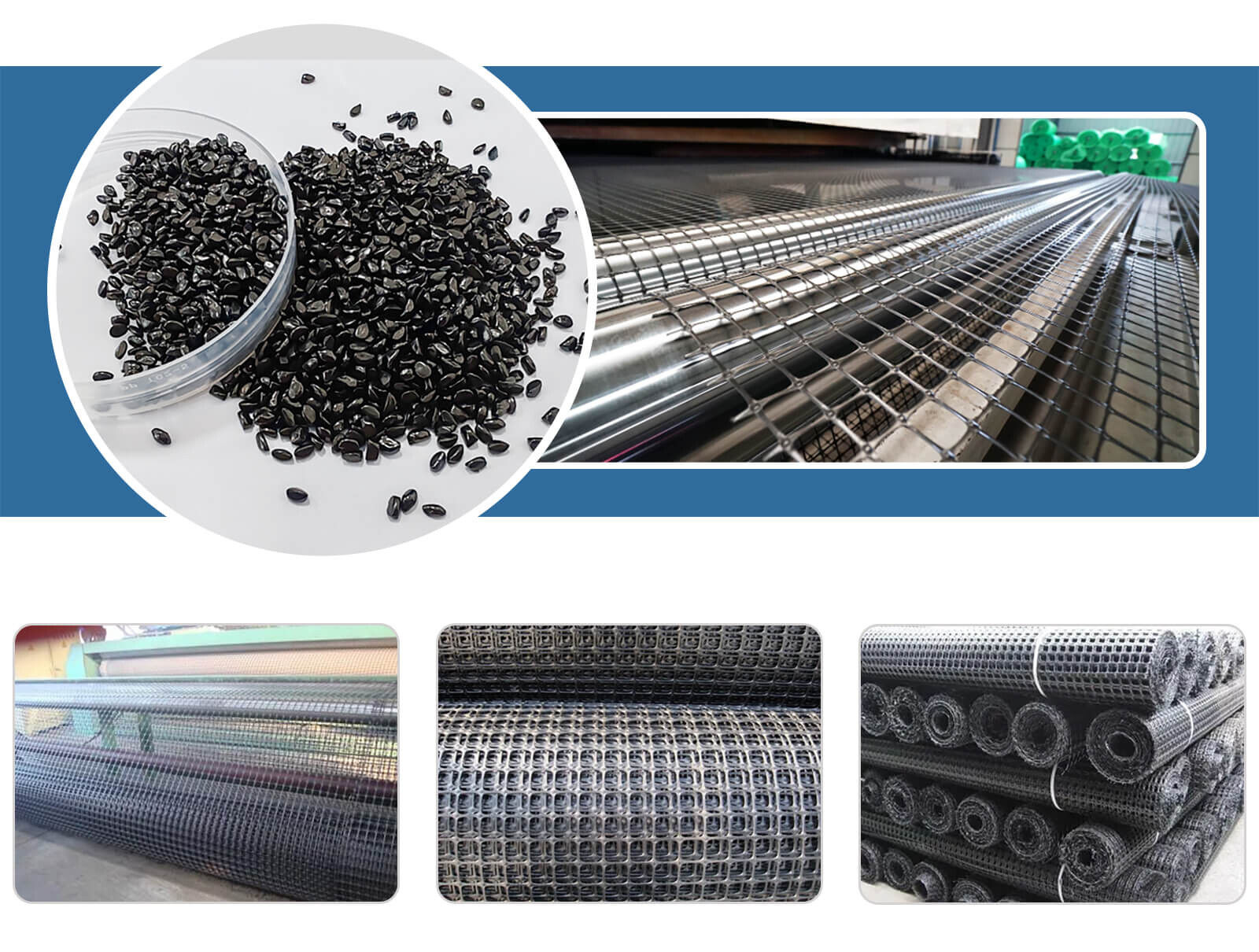

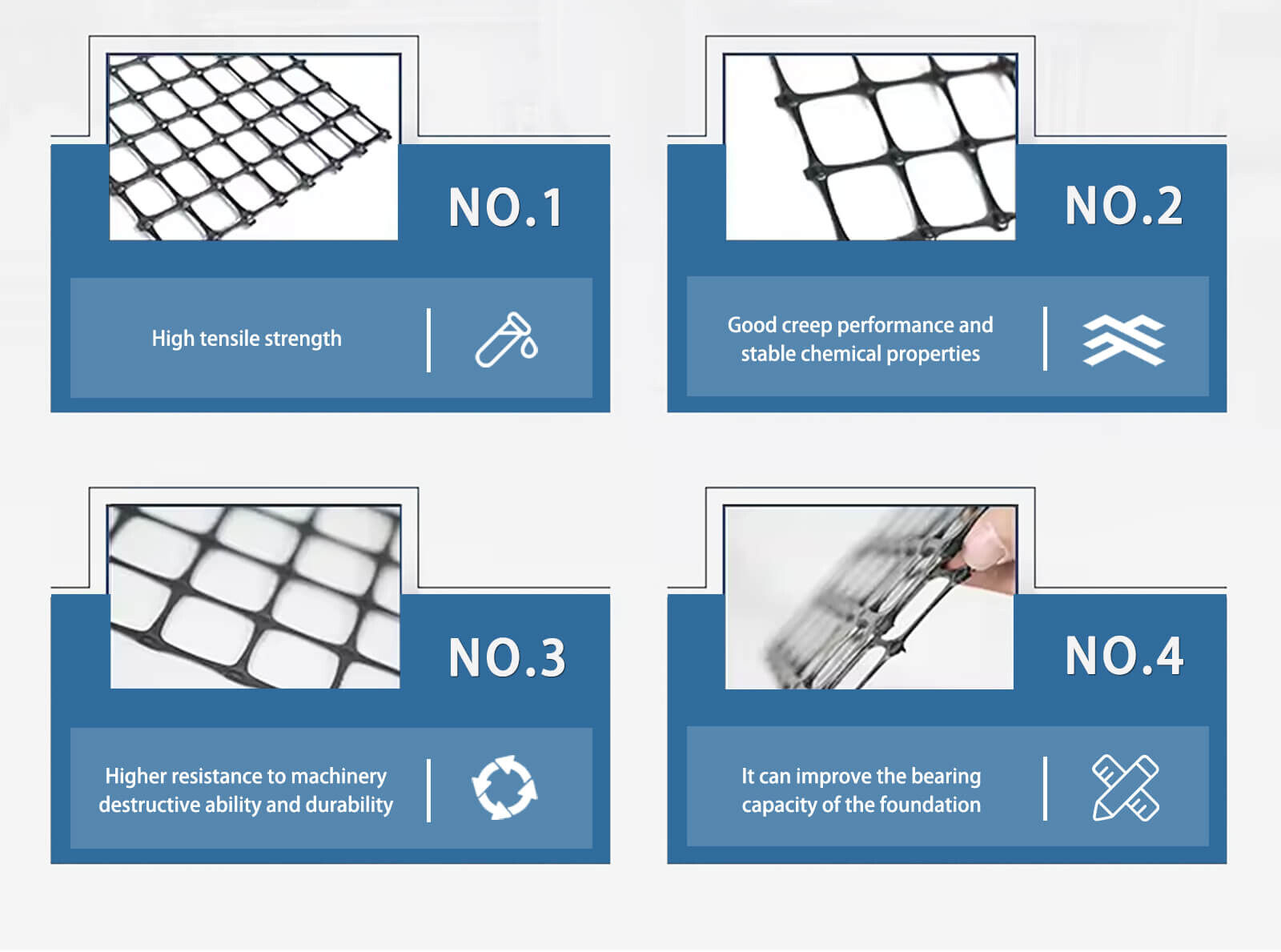


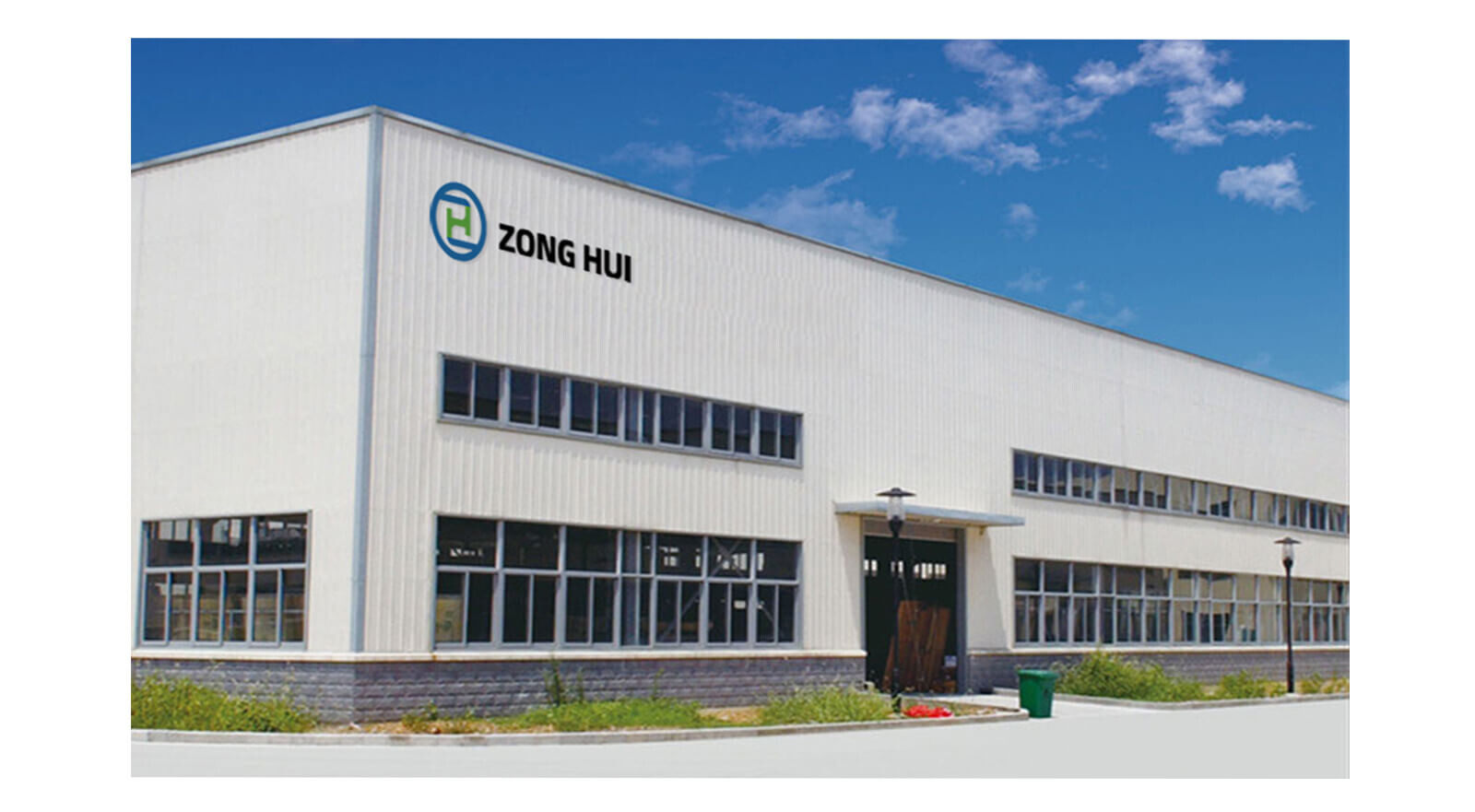

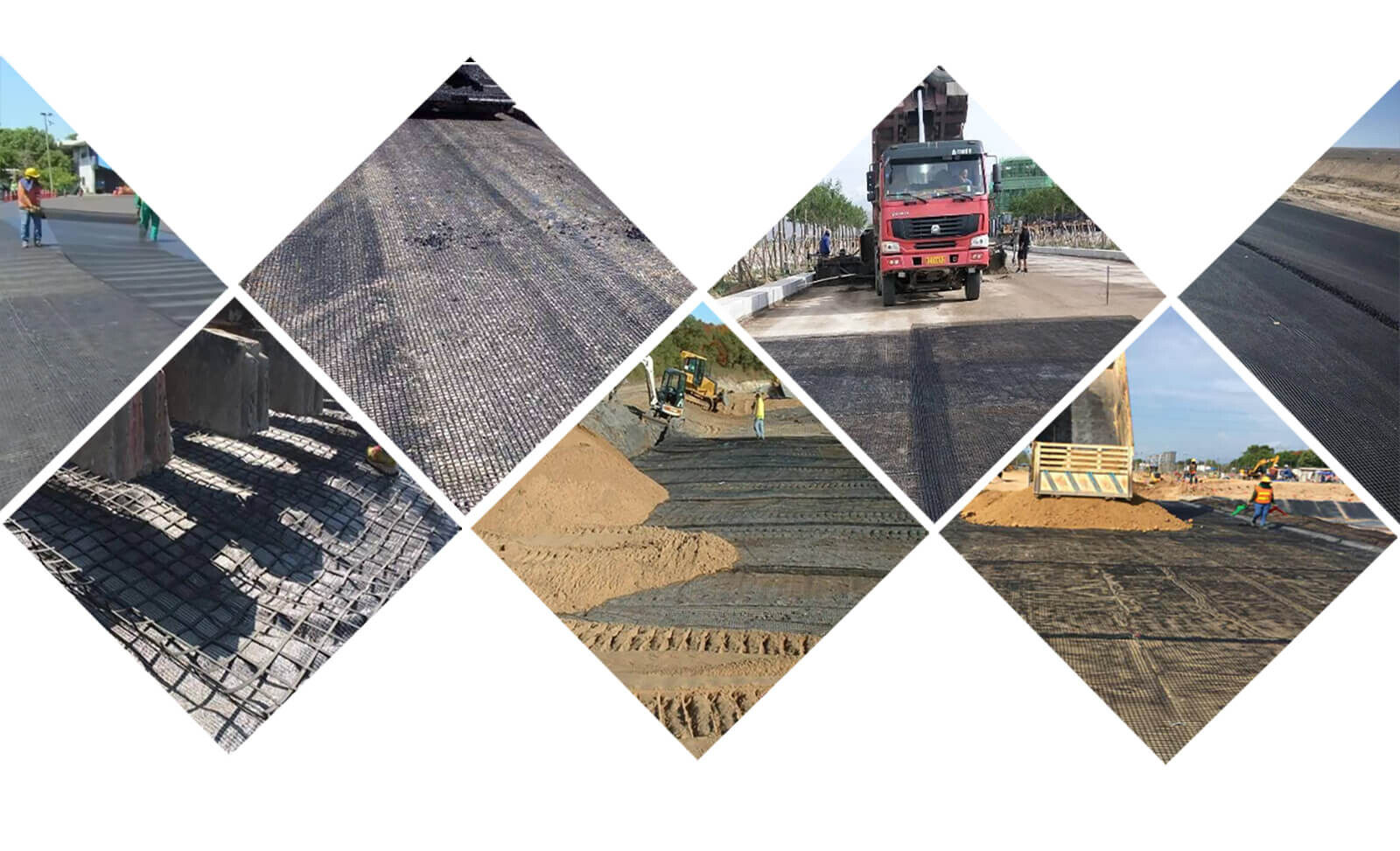
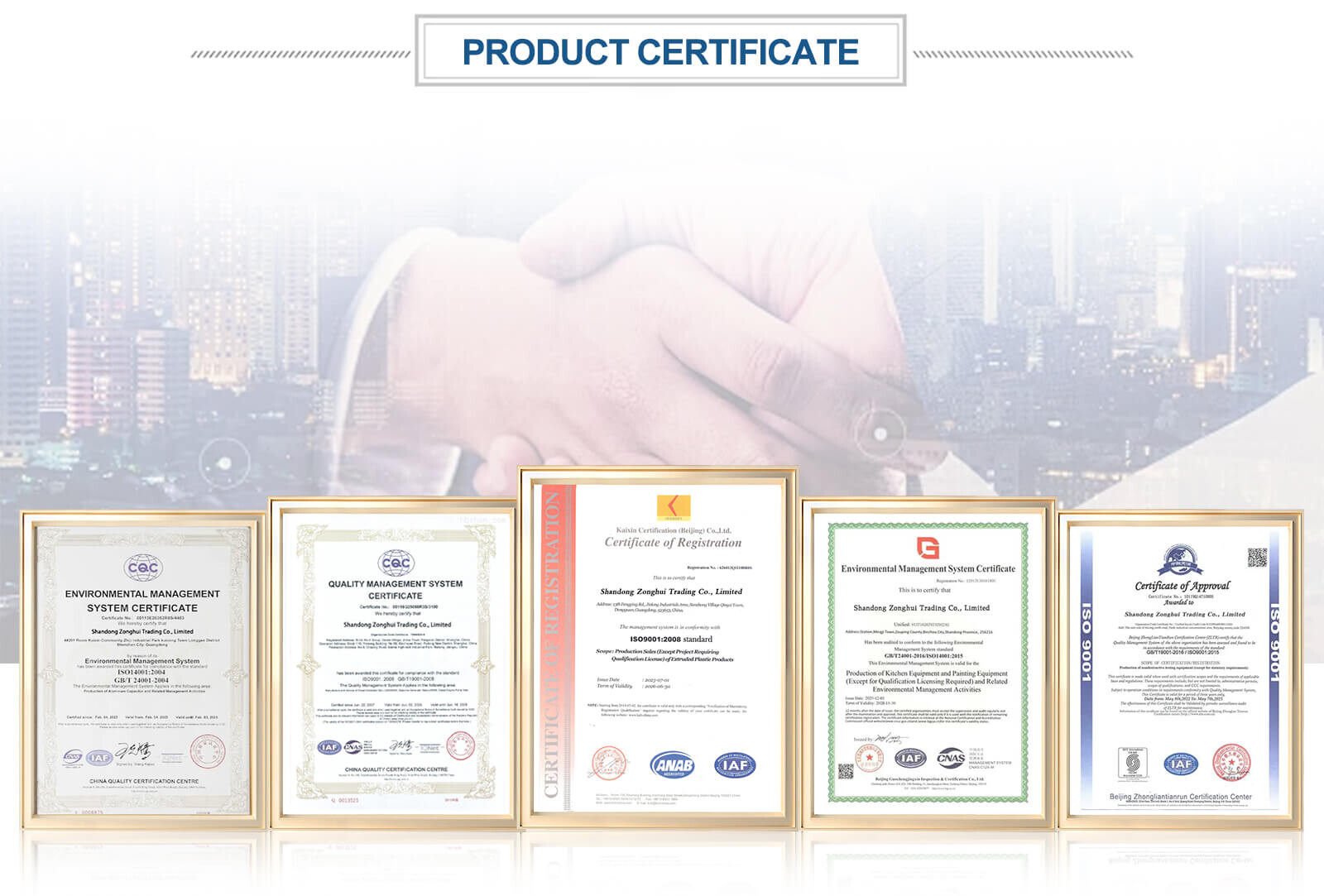
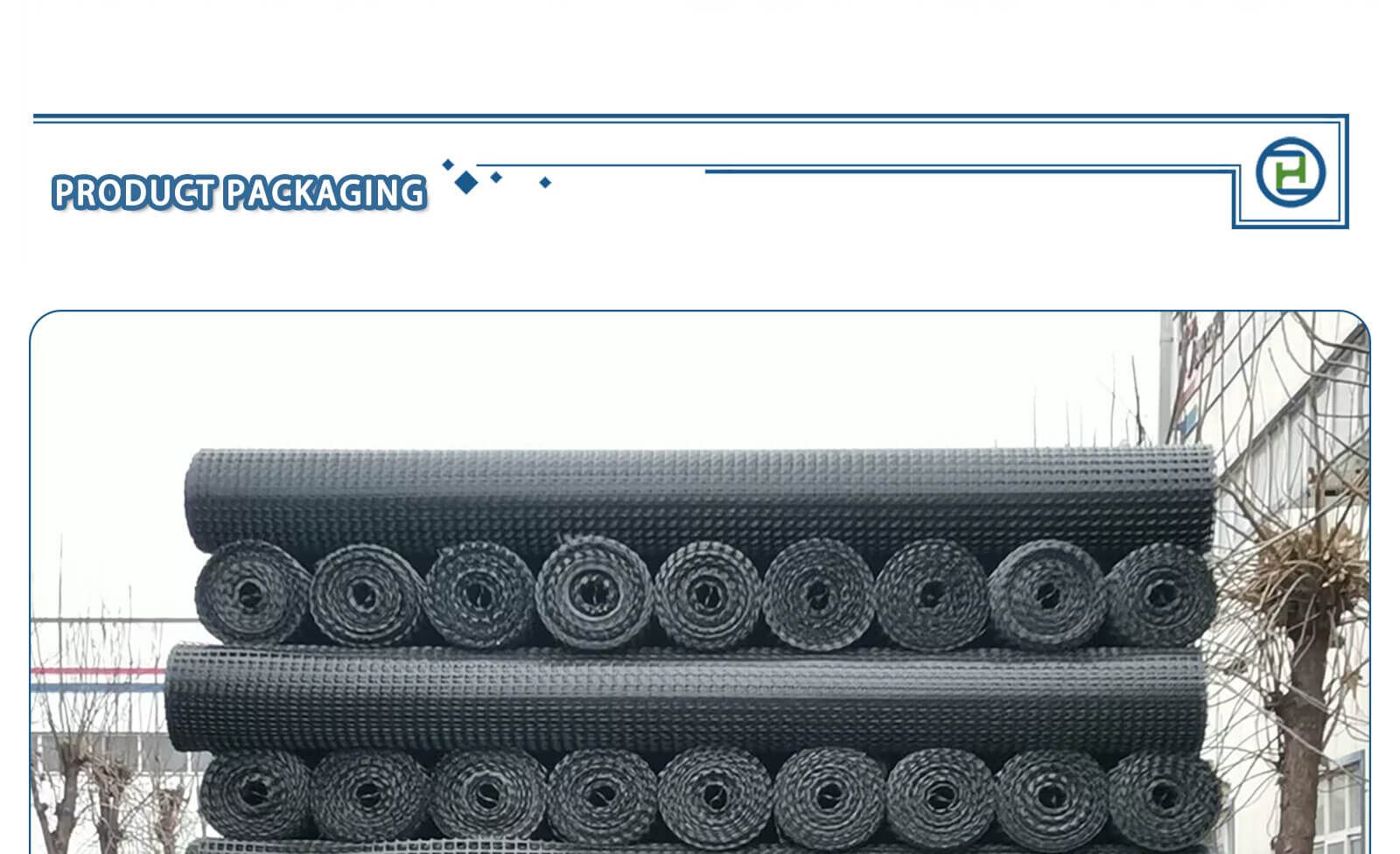
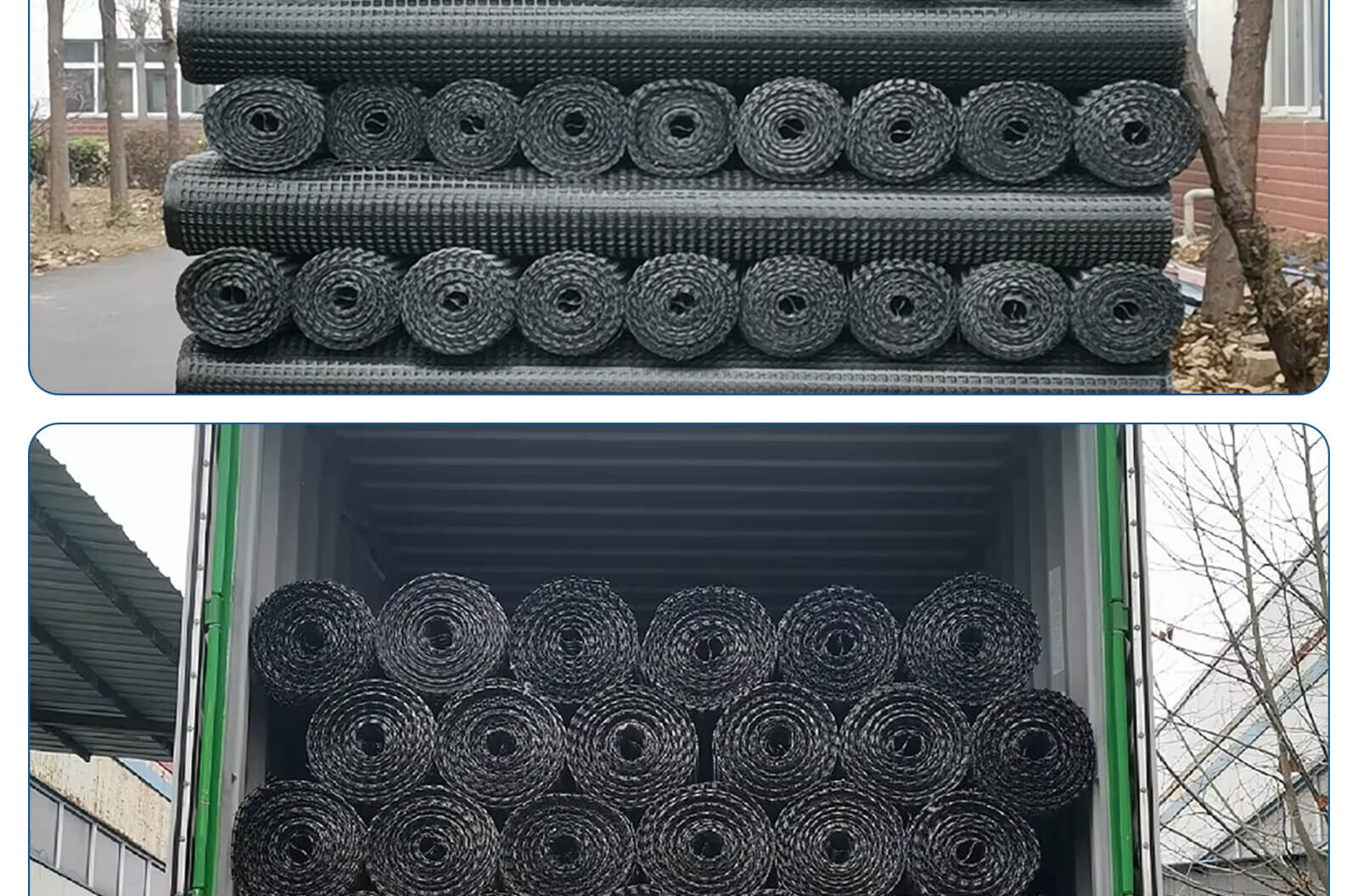

Chat Online
Africa
South Africa, Nigeria, Kenya, Zambia, Tanzania

